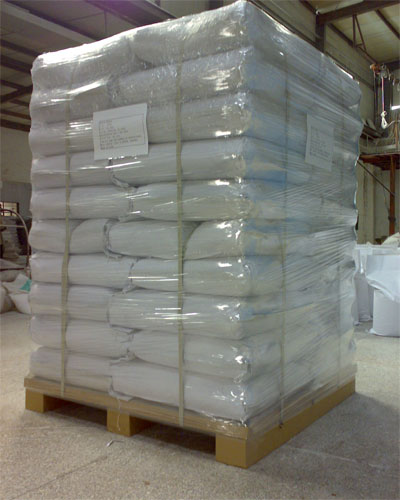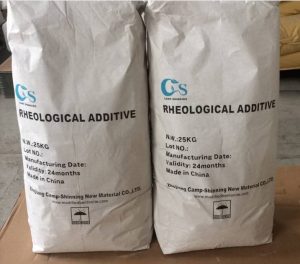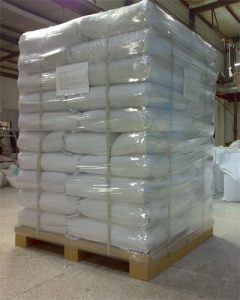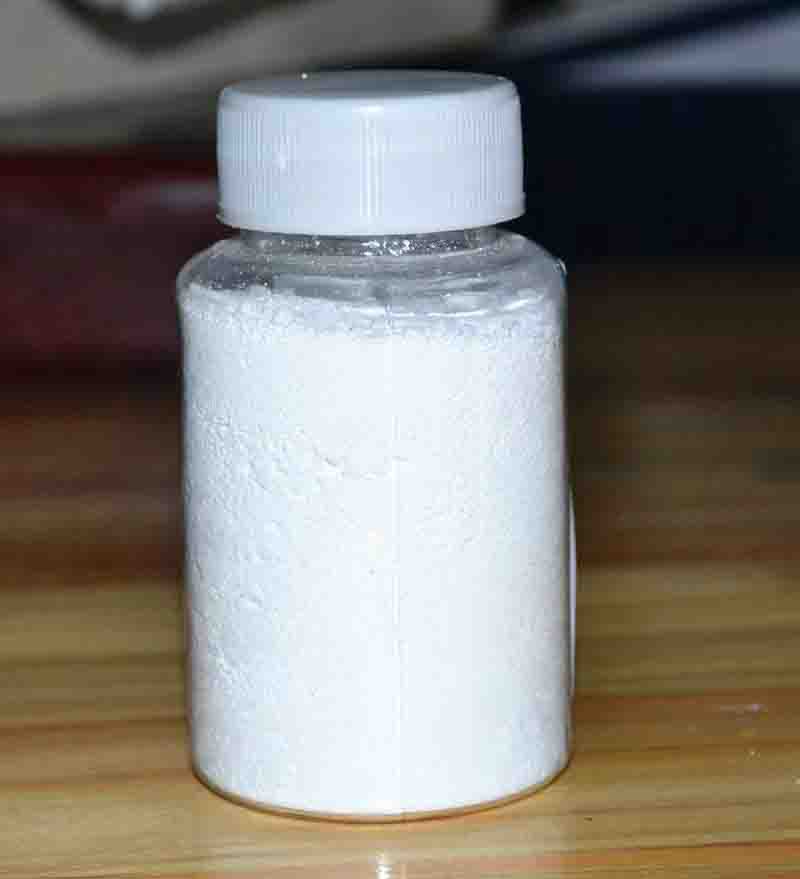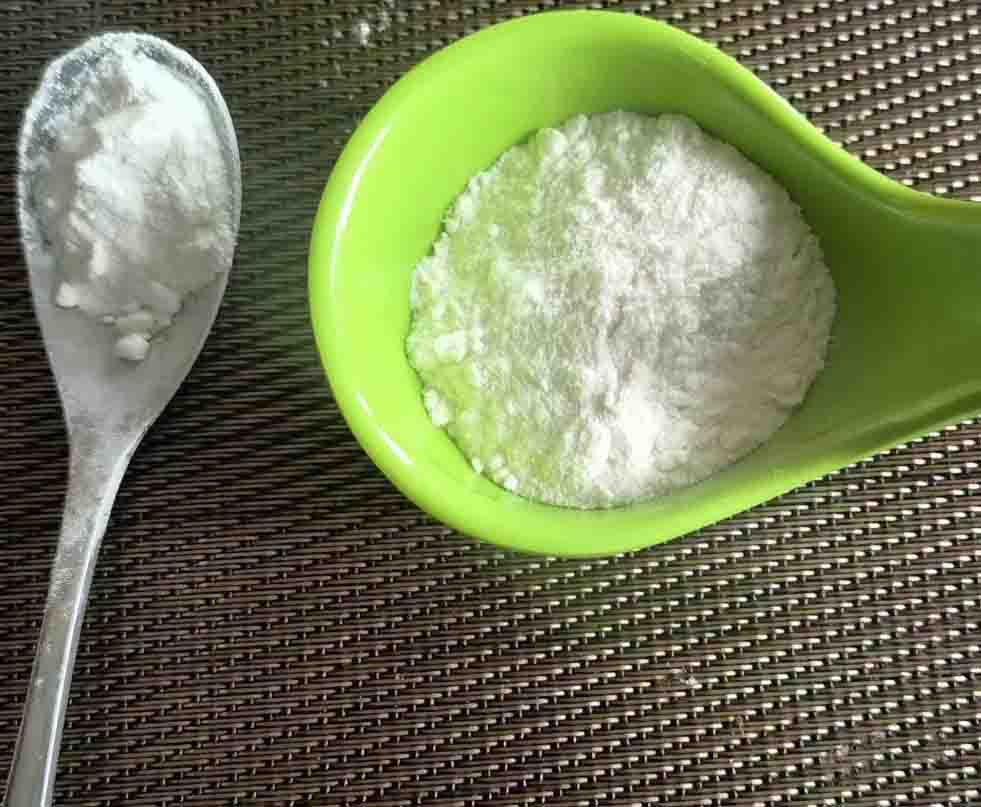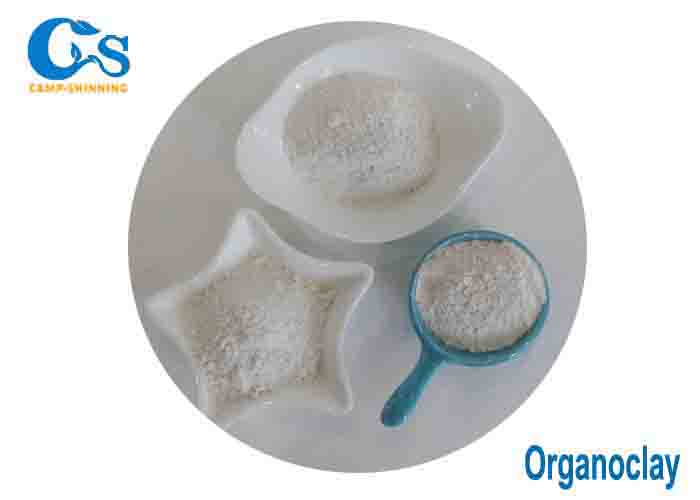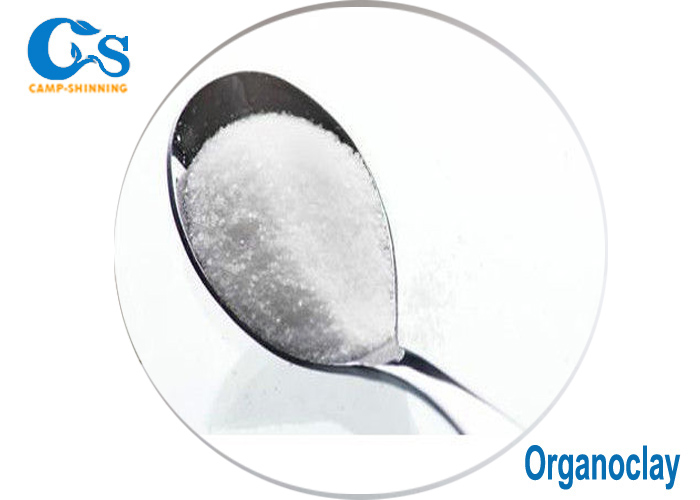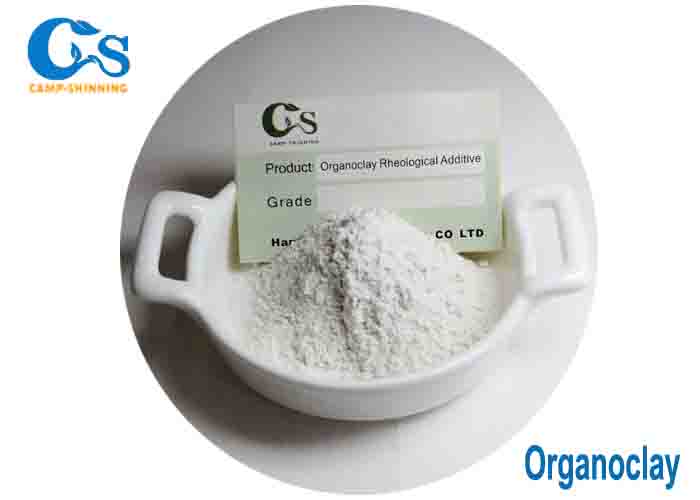How Do You Mix Organophilic Clay Bentonite For Drilling
Invertent results from organophilic clay bentonite drilling are sometimes neglected.
However, in this post, we’ll look at how to determine the volume of drilling fluid as well as how to evaluate pH and shear speed.
Continue reading if you want to know how to combine bentonite for drilling. This article is packed with bentonite drilling tips and methods.
The knowledge is useful not only for drilling in mud but also for a variety of other activities.
Invertent results from drilling bentonite mixing.Bentonite is often used in drilling operations to produce mud, also known as slurry.
This clay is composed of quartz, feldspar, calcite, and gypsum and is formed from volcanic ash.
To prevent the problem of mud sludge, many drillers prefer to combine bentonite in a huge trash can.
A large garbage can makes it easier to mix bentonite, and a half-sack is sufficient for full mixing.
A full sack produces a thick mud that can be diluted in the mud pits.
While bentonite can be used as a stand-alone additive in drilling, some bores require the addition of other additives for optimal performance. Bentonite can be used to improve the quality of drilling fluid in addition to functioning as a primary filtering control.
It can be used with PAC polymers for secondary filtering. An excellent tip for drilling bentonite is to first clean the instruments with detergent or soap before using bentonite. This helps to keep the clay from clinging to instruments and drilling equipment.
Add the polymer after mixing the bentonite for drilling.
However, if the polymer is added too soon, the clay will ball up and become worthless. It is best to start with PAC polymer. When combining bentonite for drilling, use a marsh funnel and cup to assess the viscosity of the mixture. Most applications require a viscosity rate of 45 to 60 seconds.
When selecting a bentonite additive for your application, the most crucial factor to consider is its efficiency. The use of this chemical reduces the possibility of reservoir contamination.
A high quality bentonite ingredient, such as SUPER GEL, can reduce the likelihood of water circulation loss. The inverse returns from mixing bentonite for drilling fluid are a critical aspect of effective oil and gas exploration.
Outrunning the drilling fluid is another circumstance that might result in unintentional returns.
Inadvertent returns happen when the drilling team tries to utilize less fluid, which causes material to accumulate around the drill string and frac-out. Furthermore, using the incorrect fluid and additives can increase the number of unintentional returns. Finally, these issues can result in costly drilling fluid waste. determining the quantity of drilling fluid
When mixing drilling fluid and bentonite, one of the most crucial factors to consider is the well’s unique circumstances. A contractor must first understand the nature of the soil in order to calculate the proper amount.
The bentonite filter cake will form on the borehole wall during the drilling process, reducing fluid loss and keeping the hole open.
The bentonite filter cake, on the other hand, might clog well screens and gravel packs.
Flushing the borehole with fresh water is recommended, but the amount may be excessive, resulting in extra maintenance costs.
Bentonite is an excellent choice for fresh water because it expands several times its capacity.
It must not be combined with salt water.
The same cannot be said for attapulgite, which has a higher clay production and does not inflate as much. Graphs must be made to determine the rheological parameters of the drilling fluid.
To calculate the parameters of the drilling fluid, several regression approaches must be applied.If the rig has a pump, it will stir the bentonite in the mud. The turbulence of the drilling mud increases when it is stirred.
The higher the pressure, the higher the concentration of bentonite.
As the drilling progresses, the mud will thicken and get sticky, producing additional pressure.Bentonite should be dissolved in warm water.
The pH of the water used for drilling fluid should be between eight and 9.5.
If the mixture is overly acidic, add soda ash. This will soften and raise the pH of the water. Alternatively, a small amount of sodium carbonate can be added.
To alter the hardness of the water, you can also add soda ash.Several assumptions are made in the drilling fluid and bentonite calculation formula.
To account for the difference in density, the drilling fluid must be diluted two to three times before being mixed with the mud.
The combination will be blended with enough drilling fluid to prevent a mud explosion.
It could even be required to inject more water to keep the drilling fluid from drying out.
How Do You Mix Organophilic Clay Bentonite For Drilling
PH measurement
The right pH range is critical when mixing bentonite for drilling for good mud characteristics.
The pH of drilling fluids influences their filtration and rheological qualities.
A rise in pH prevents bentonite particles from spreading in the solution and has no effect on viscosity. As a result, high pH reduces the fluid’s ability to transport cuttings.
The lower the YP value, the higher the pH.
Furthermore, the bentonite fluid should be combined with warm water to allow it to bind with the polymer. If the water is too hard, a small amount of soda ash can be added to bring the pH level back up to the desired range.
The necessary amount of soda ash can be found on the Bentonite Properties page. When tested, the resulting mud should be viscous and not ball up.
The hydration of the drilling fluid is affected by the pH level of the water mixed with bentonite. A good range is between 8.5 and 9.5.
The color of a pH test strip changes depending on the pH value.
When you use a pH meter, you can be certain that you’re using the correct pH level for the situation.
If you need assistance with this, contact a drilling fluid service.
The amount of bentonite in a reference fluid is 45 grams.
A comprehensive set of measurements were taken and documented.
The measurements were taken to see how the two additions affected the bentonite water.
Adding an additive to drilling mud can raise its yield point, making it more effective in cleaning holes and removing solid particles.
For the drilling fluid additive, pH measurement is critical.
A drilling fluid with an adequate pH level will operate best.
The drilling fluid will be fully hydrated when the pH level is 8.0 or nine.
When the pH is low, more drilling additives are required, which is expensive. You can assure optimal drilling fluid production by testing the pH level before mixing drilling fluid additives.
If you don’t have one, a pre-mix tank will suffice.
How Do You Mix Organophilic Clay Bentonite For Drilling?
Shearing speed
When mixing bentonite with drilling fluid, increasing the shearing speed is an essential component in enhancing wellbore stability.
This form of bentonite comes in a single bag and is used in water-based applications to offer suspension, filtration control, and torque reduction.
The addition of a particular viscosifier known as Camp Shinning organophilic clay bentonite improves filtering rate and hole cleaning and can produce twice the shearing speed of standard Wyoming bentonite.
The maximum shearing stress limit of a drilling mud is determined by two factors: the bentonite content and the number of silica nanoparticles.
The maximum shear stress limit increases as the bentonite concentration and fraction of silica nanoparticles increase.While bentonite and mud are compatible, their viscosity qualities differ.
Because of the solids in the mud, the mud can become excessively thick and the water flow can erode the open hole. As a result, the amount of bentonite required is determined by the well’s circumstances. Drilling in clay, for example, may necessitate a lower bentonite content.
Drilling through sands may necessitate more bentonite and a slower annular velocity.A low shear stress indicates that the drilling mud is resistant to flow.
The lower limit represents the drilling mud’s pumpability. As a result, when mixing bentonite with drilling mud, higher shear stresses should be decreased.
The greater the shear tension, the greater the possibility of erosion.Interactions between bentonite clay particles may result in higher shearing stress limits.
They may also interact with one another, forming intermediate chemical bonds. The shearing limit of drilling mud is increased by the interaction of bentonite clay particles.
How Do You Mix Organophilic Clay Bentonite For Drilling?

